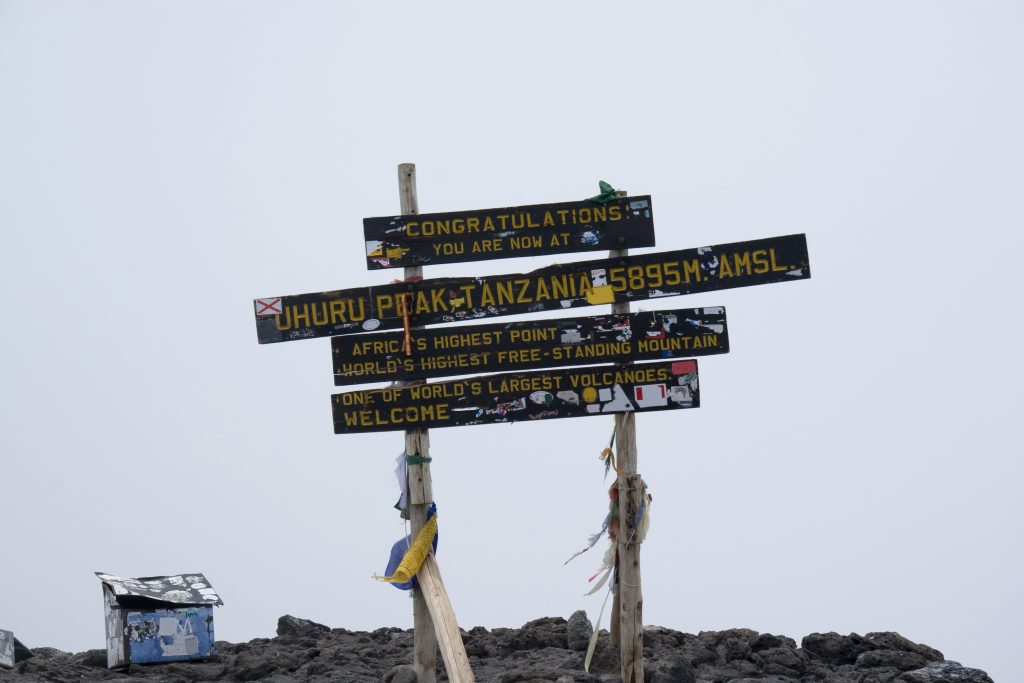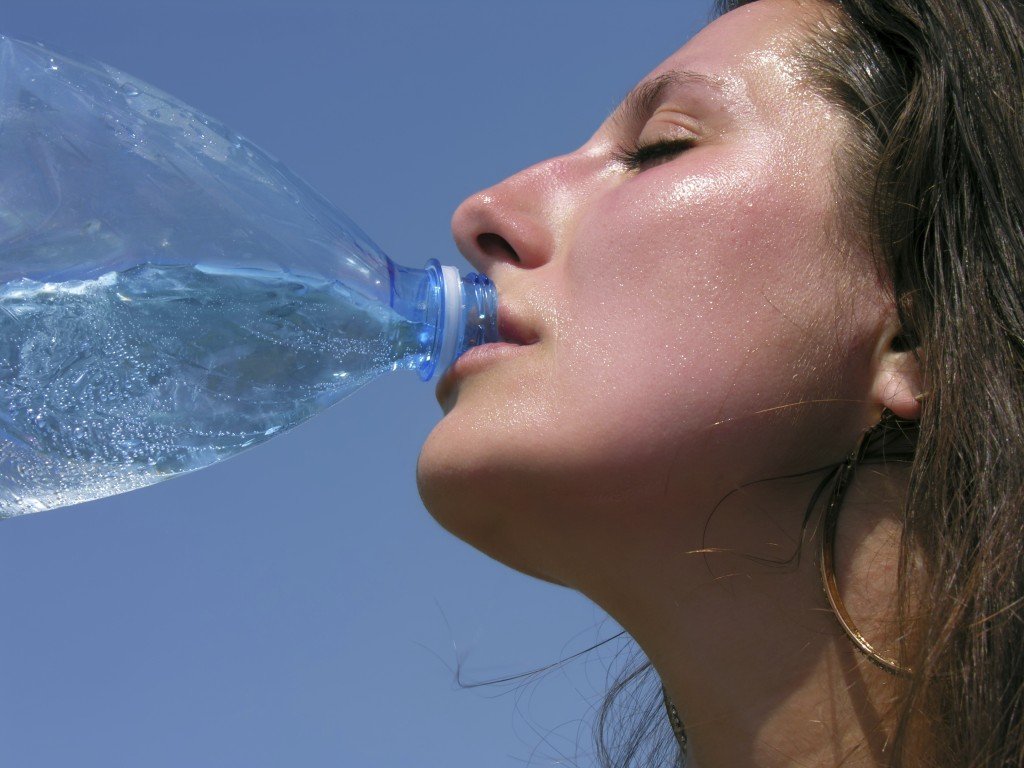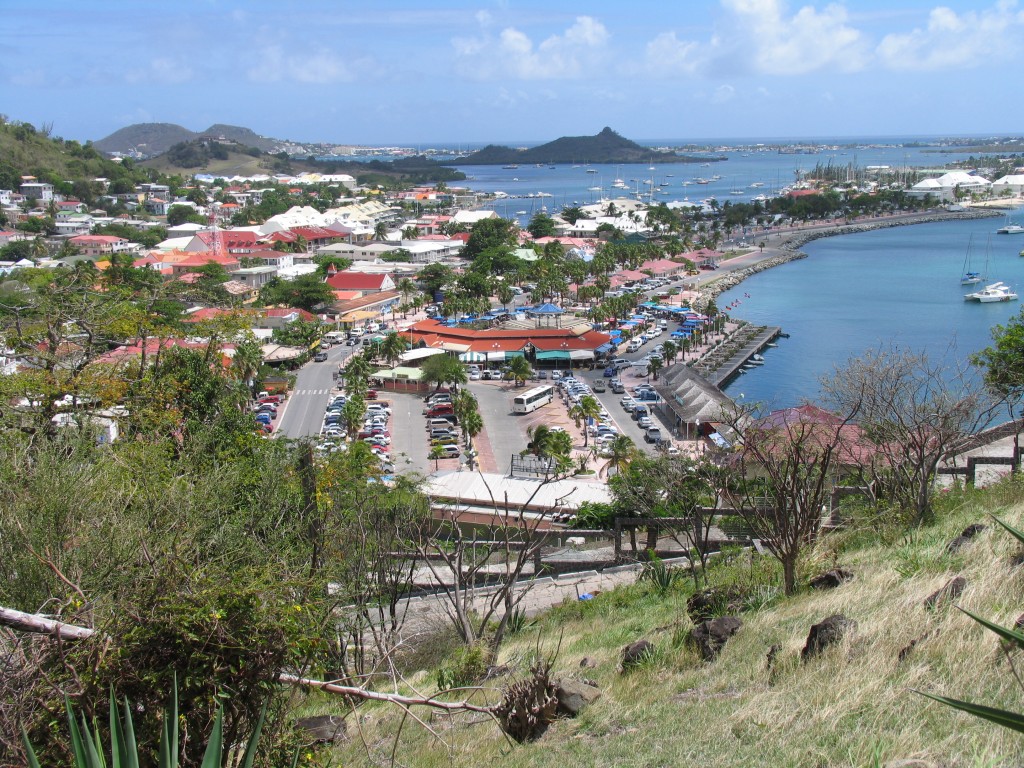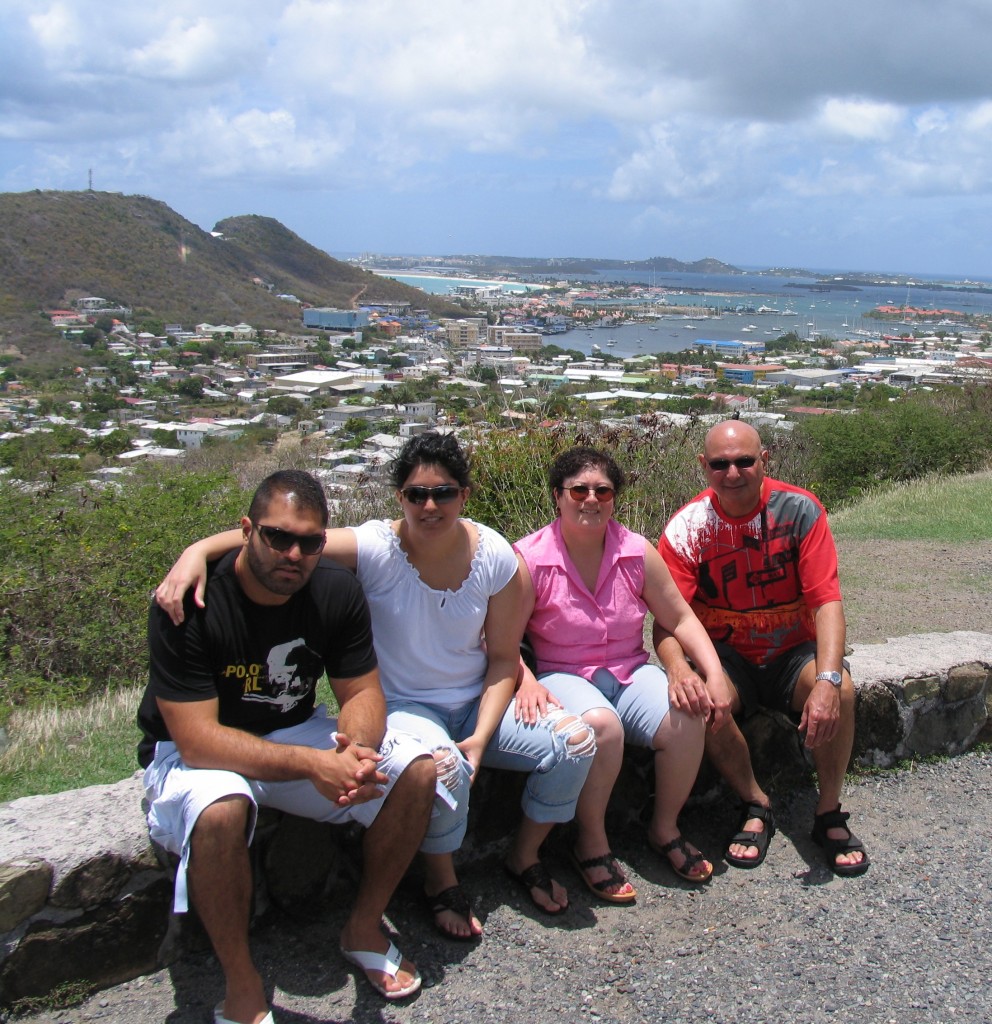Here is a story of courage from the Globe and Mail (June 23, 2012). It is the story of 31-year-old Spencer West, who lost both his legs when he was just five-years-old. He was told he will never walk again. But he did more than that. He climbed Africa’s highest mountain, Mount Kilimanjaro in Tanzania, partly by wheelchair but for the most part by walking on only his hands to reach the summit. He did this for charity and make a point that you don’t need legs to overcome adversity in life.
He told the Globe reporter, “We ultimately define what is possible in our own lives.”
The summit of Mount Kilimanjaro (the world’s fourth-highest peak) is about 20,000 ft. The summit of Mount Everest is about 30,000 ft. About 25,000 people from all over the world try to climb Mount Kilimanjaro each year but one-third never make it up to the summit due to various reasons.
One of them was Martina Navratilova, the tennis superstar. In December, 2010, just months after completing six weeks of radiation treatment for noninvasive breast cancer, attempted to climb Mount Kilimanjaro for a charity. On the fifth day of a planned six-day journey, she became ill and was taken off the mountain. Navratilova, 54, was flown to a hospital, where it was determined she had high altitude pulmonary edema.
Altitude sickness kills 10 to 20 people each year attempting Kilimanjaro. More people die trying to climb Mount Everest each year. One of them was a Toronto resident. “They say the mountain took her, but not before she conquered it,” says Toronto Sun. Shriya Shah-Klorfine, 33, who made her dream come true when she reached the summit of Mount Everest. This was in May, 2012. She died while descending from the peak.
What is the secret of survival for mountaineers?
For Himalayan mountain climbers, neither personal experience nor participating in a traditional versus commercial expedition affects the chances of survival, reports a study in the June 30, 2012, British Medical Journal.
Mountaineering is a dangerous sport with a significant risk of death. The researchers conclude, “… that cumulative, collective knowledge and general innovation are more important than individual experience in improving the odds of survival.”
Factors like good health, courage, determination and training are important. Good preparation in any endeavour does bring success. Many young and old have set records climbing Kilimanjaro.
Seven-year-old Keats Boyd of Sherman Oaks, California is thought to be the youngest to have summited Kilimanjaro, he did so on January 21, 2008.
In the summer of 2010, granddad George Solt, a retired professor from Olney in Buckinghamshire, became the oldest man to reach the summit of Kilimanjaro, at the age of 82. In September, 2010, 83-year-old Bernice Buum managed to climb to the top of Kilimanjaro and became probably the oldest woman to get to the summit.
So, age or sex is not a determining factor. I know quite a few people from Medicine Hat have climbed Kilimanjaro. But my dream, since I was in high school in Tanzania, to climb Kilimanjaro has taken a back seat over the years. I don’t know why. Like anything else in life, the more you delay your venture, more difficult it gets to accomplish. Although it is never impossible.
So, there is hope for me and many others who have dreams and bucket lists. Just keep working hard and keep trying. Success will follow.
Start reading the preview of my book A Doctor's Journey for free on Amazon. Available on Kindle for $2.99!







